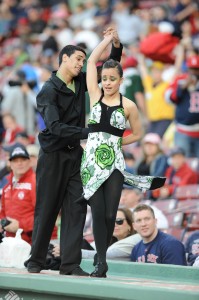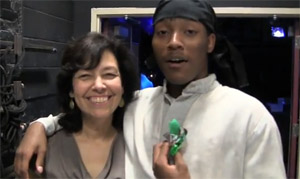 As the YouthReach Initiative winds up its 20th anniversary, Seen & Heard asked Donna Folan, cofounder of Access to Theatre, a program of Partners for Youth with Disabilities, to reflect on the impact of the state’s investment and her aspirations for the initiative going forward.
As the YouthReach Initiative winds up its 20th anniversary, Seen & Heard asked Donna Folan, cofounder of Access to Theatre, a program of Partners for Youth with Disabilities, to reflect on the impact of the state’s investment and her aspirations for the initiative going forward.
For 20 years, Access to Theater (ATT) has provided young people with fully accessible afterschool workshops, summer institutes, one-to-one mentor pairings, peer leadership opportunities, and countless performances for the Boston area community. ATT has also provided opportunities to work with artists with and without disabilities as mentors and collaborators. YouthReach was ATT’s first and only consistent annual funder for those 20 years. It is hard to image the program’s long success without this consistent support.
YouthReach serves as the strongest model of how to create and support youth-driven programming. The initiative has supported innumerable opportunities for young people to discover personal expression, and has challenged its grantees to maintain the highest standards of excellence in programming. At the same time, the program has been responsive to adapting to the needs of its grantees. YouthReach funding has helped to build a community of practice among a diverse set of programs across the state. As a result, organizations have been able to develop programs that are safe and nurturing environments for the people they serve. In many cases I believe YouthReach has saved lives with their support of these safe-havens for vulnerable young people.
In the 20 years to come, it is my hope that arts and cultural programs receive the true respect they deserve. I encourage the MCC to help YouthReach-funded organizations continue to develop a deeper understanding of physical and programmatic accessibility and how it can be integrated into each individual program.
YouthReach programs have produced many talented and knowledgeable emerging artists. It is important now to have places for these young artists to rehearse and collaborate as they take the lessons learned to the next level. Our communities and society will ultimately benefit from the advancement of these experienced artists, thanks to YouthReach and their partners past, present, and future.
Donna Folan is the Artistic Director of Until Tomorrow Productions. She was cofounder and Artistic Director of Access to Theatre, a program of Partners for Youth with Disabilities, which provides young people with disabilities and those without disabilities the opportunity to come together to create original theater and other forms of art that reflect their individual and collective viewpoints.

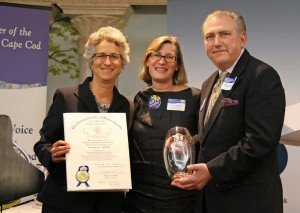
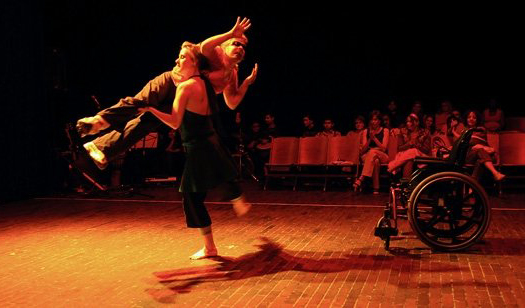
 In 2000, high school student Kacie Breault got involved with Seeds of Leadership at
In 2000, high school student Kacie Breault got involved with Seeds of Leadership at 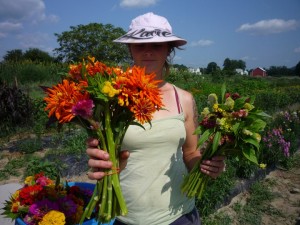 It has been 13 years since the first time I walked down the path to Seeds of Solidarity. When I visit, I am overcome with so many familiar smells and feelings of hope, inspiration, beauty, busting life forces, and love. I have always been drawn back to my hometown to stay involved with the ever-growing education center and farm. SOL Garden instilled a sense of responsibility in me that motivated me to become an educator. Seeds of Solidarity is living proof you can succeed in doing what you love especially when your passion is to live a more sustainable and beautiful life. The SOL garden seed continues to grow through me and sends out new shoots every time I find myself working in the garden, especially with children.
It has been 13 years since the first time I walked down the path to Seeds of Solidarity. When I visit, I am overcome with so many familiar smells and feelings of hope, inspiration, beauty, busting life forces, and love. I have always been drawn back to my hometown to stay involved with the ever-growing education center and farm. SOL Garden instilled a sense of responsibility in me that motivated me to become an educator. Seeds of Solidarity is living proof you can succeed in doing what you love especially when your passion is to live a more sustainable and beautiful life. The SOL garden seed continues to grow through me and sends out new shoots every time I find myself working in the garden, especially with children.
